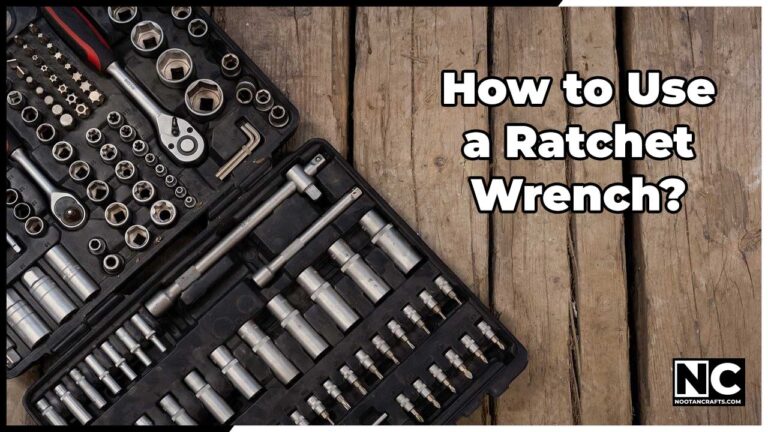A ratchet wrench is a “smarter” version of its manual counterparts, more efficient and easier to use. Its ingenious design allows you to tighten or loosen bolts without constant repositioning. Whether you’re a professional or a DIY enthusiast like me, it’s a must-have tool that comes in handy from time to time. This article will discuss how to use a ratchet wrench properly and safely. So, let’s do this!
What is a Ratchet Wrench?
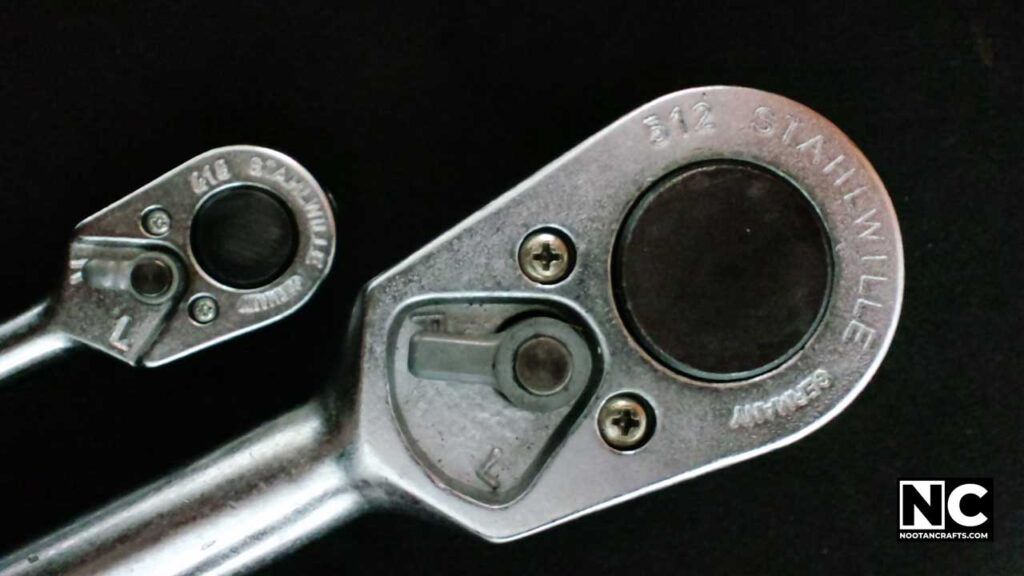
A ratchet wrench is a tool that allows you to tighten or loosen nuts and bolts without removing and repositioning the wrench after each turn. It’s like the Swiss Army knife of wrenches—simple, efficient, and incredibly handy.
It’s essential to understand its components before we know how to use a ratchet wrench.
How Does a Ratchet Wrench Work?
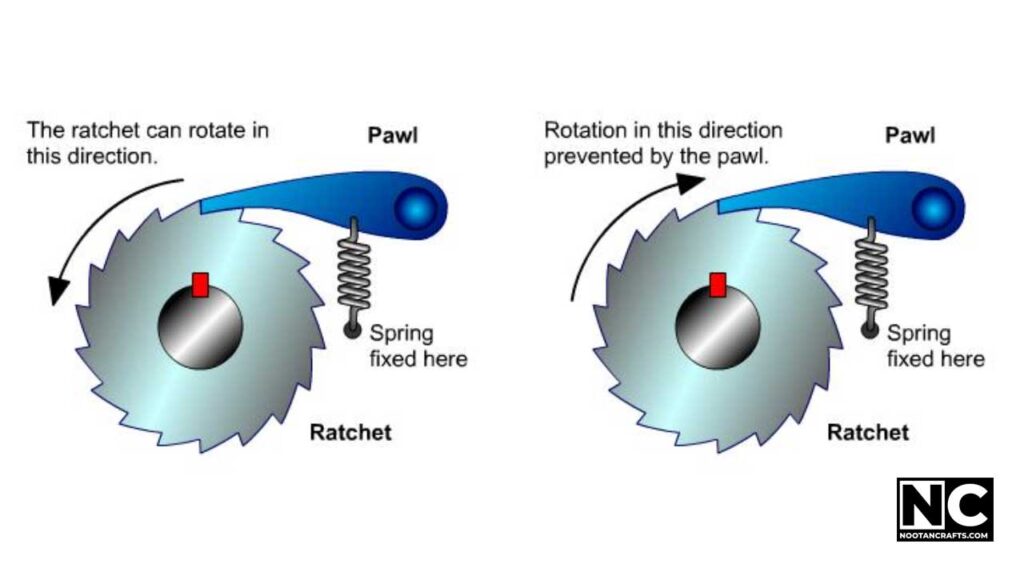
A ratcheting wrench contains a ratchet mechanism in the head, which includes a gear and a pawl. When you turn the wrench in one direction, the pawl locks into the gear, enabling the wrench to turn the fastener.
On the other hand, when you turn it in the opposite direction, the pawl disengages from the gear, allowing the wrench to turn freely without affecting the fastener. This functionality helps you work on bolts more efficiently without constantly repositioning the wrench.
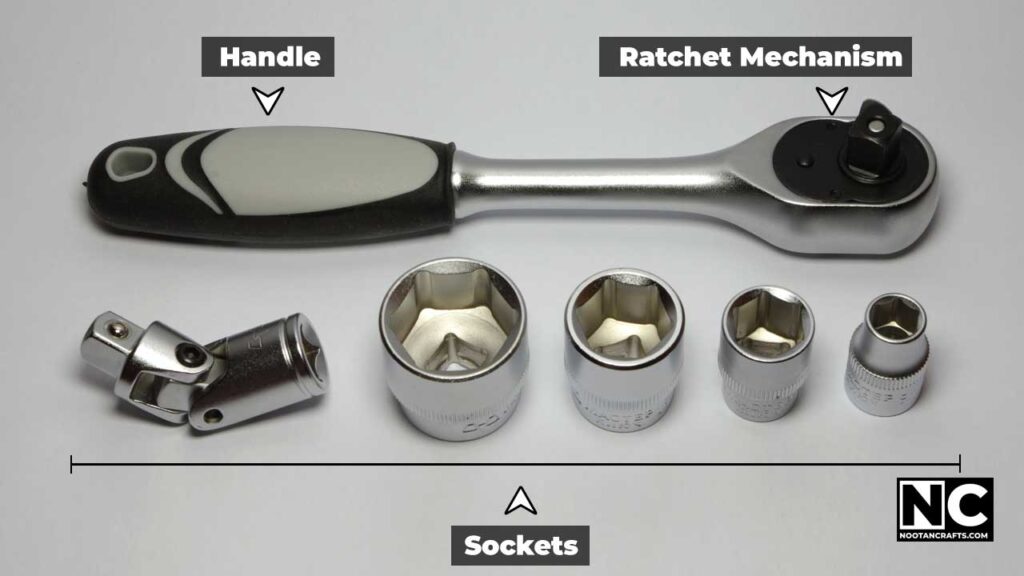
Components of a ratchet wrench
Handle: This is where you grip the wrench while working. Handles can vary in length according to the applications. Longer handles give more leverage, while shorter handles are perfect for working tight spaces.
Ratchet Mechanism: This part of the wrench consists of a pawl mechanism, which allows the socket to turn in one direction while keeping it locked in the other.
Socket: This is the interchangeable part that fits over the bolt or nut. You can swap the socket to match the size of the nuts or bolts.
Types of Ratchet Wrenches
Yes, ratchet wrenches are available in various types to meet specific needs. Here are the three most popular types.
Standard Ratchet Wrench: This is the most common type of ratchet wrench, and it’s great for everyday tasks.
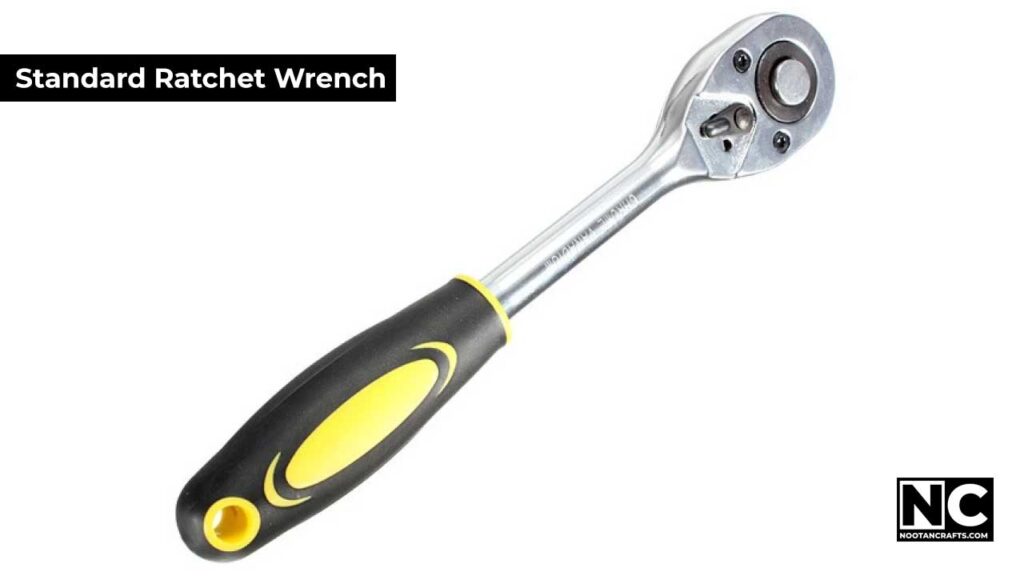
Torque Ratchet Wrench: This type allows you to apply a specific torque to a bolt. Torque wrenches are essential for certain applications, like automotive work, because they ensure reliability and avoid deterioration or breakage.
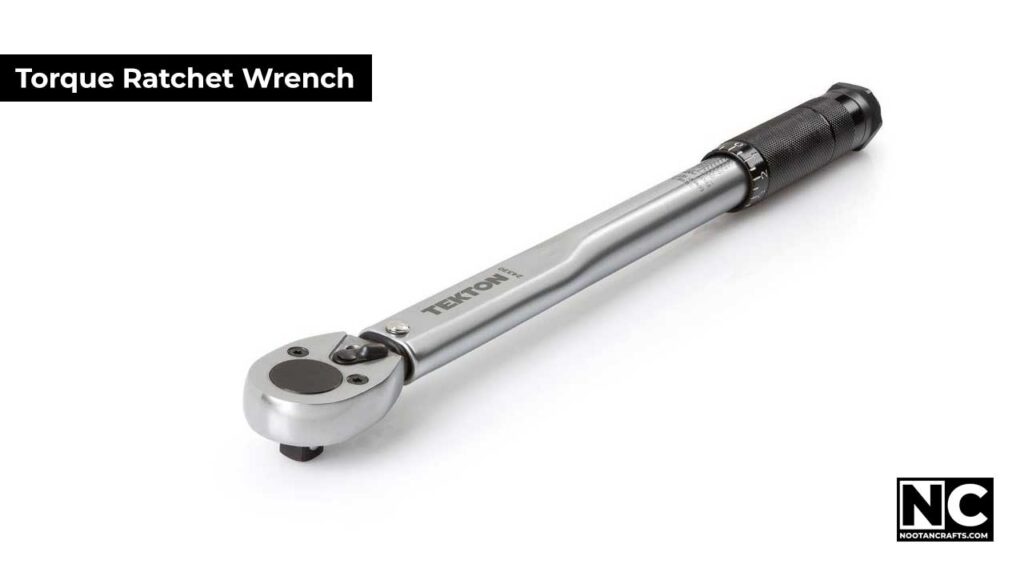
Flex Head Ratchet Wrench: This one has a flexible head that can pivot, which allows it to work in awkward angles and tight spaces.
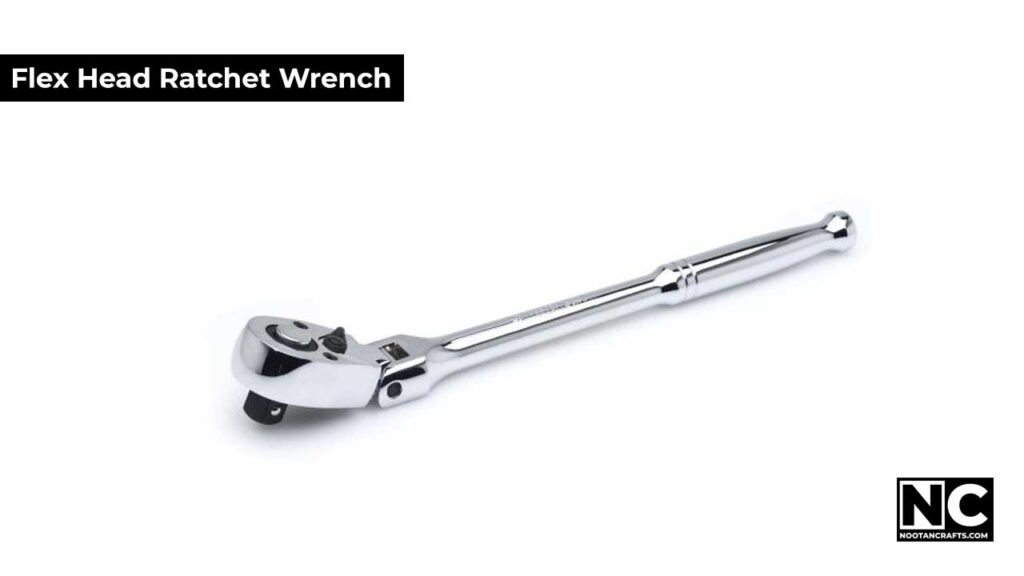
Safety Precautions
Wearing safety gloves is always recommended when dealing with hardware and tools. Also, check your wrenches and sockets for damage and wear, as a faulty tool can slip and cause injury.
How to use a Ratchet Wrench – Step-by-Step Guide
Alright, let’s dive into the nitty-gritty of using a ratchet wrench.
Choosing the Right Socket
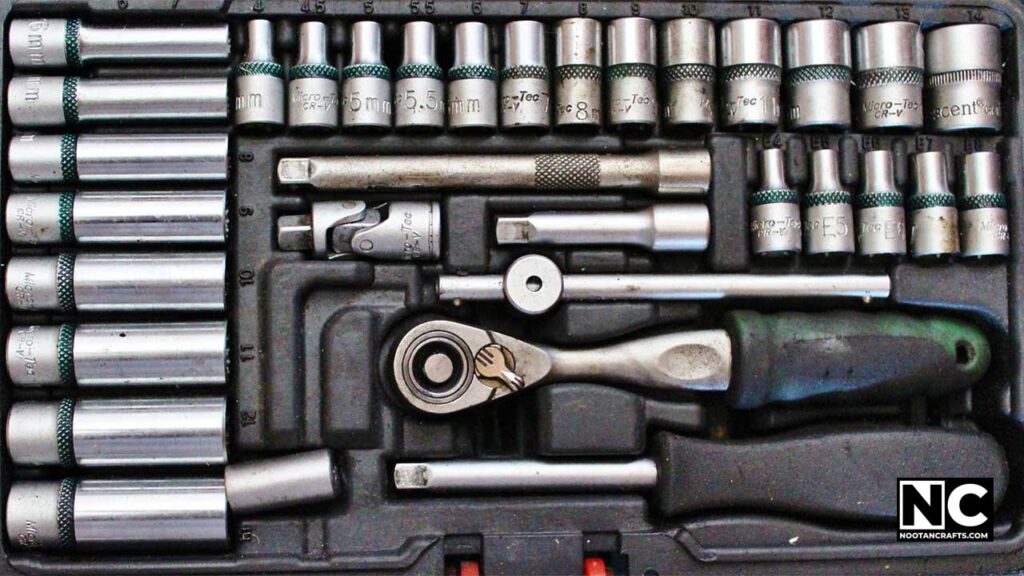
First, select the correct socket size for the bolt or nut you’re working on. The inappropriate size can strip the bolt or damage the socket.
Attaching the Socket to the Ratchet
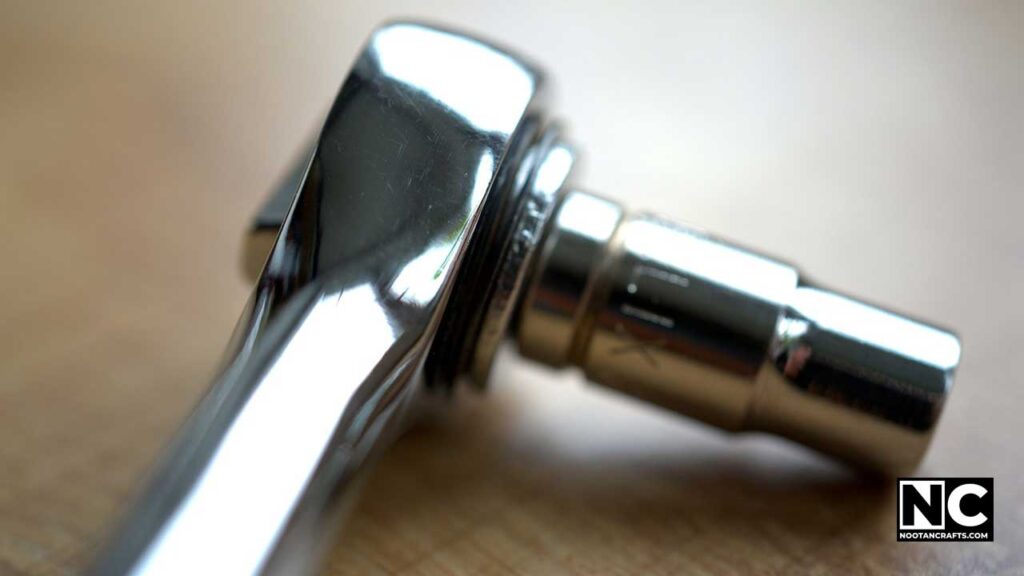
To attach a socket, push it onto the ratchet’s square drive until it clicks into place. Make sure it’s securely attached.
Adjusting the Direction of the Ratchet
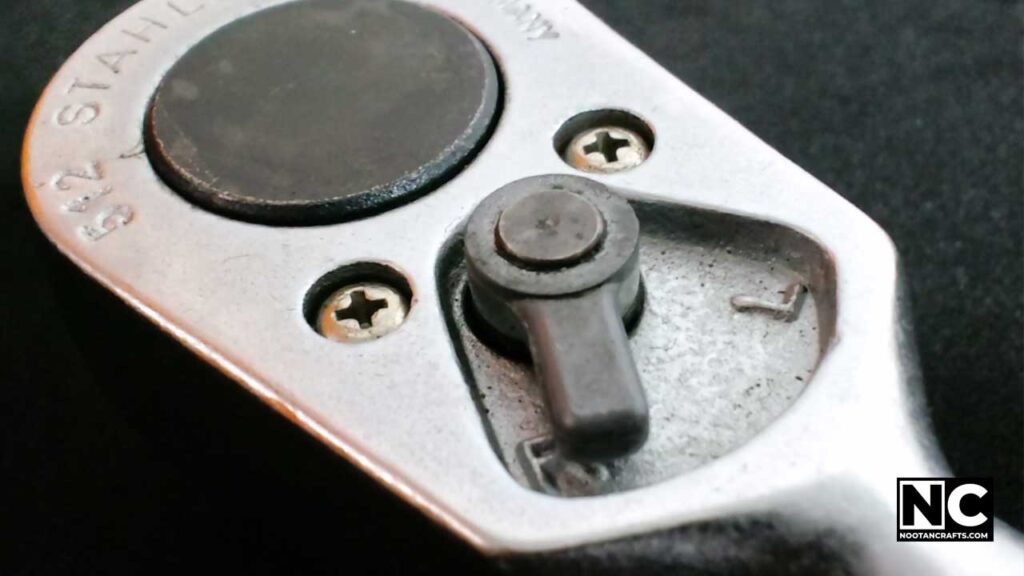
Most ratchets have a small lever or switch near the head. Push it to the appropriate side to set the ratchet for tightening.
How do you use a ratchet wrench to tighten?
Locate the lever on the wrench’s head and flip it clockwise to tighten the bolts or nuts.
How do you use a ratchet wrench to loosen?
Flip the same lever to the counterclockwise to set the ratchet for loosening.
Using the Ratchet Socket Wrench
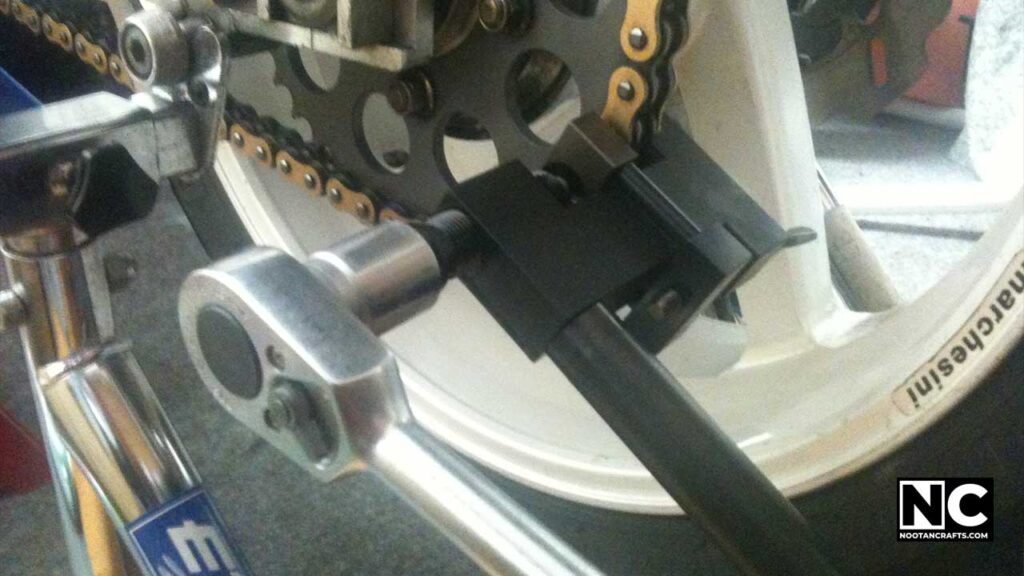
Tightening a Bolt or Nut: Place the socket over the bolt or nut and turn the ratchet handle clockwise. The ratchet mechanism will click as you return to the starting position, which allows you to make continuous turns without repositioning the wrench.
Loosening a Bolt or Nut: Flip the lever and place the socket over the bolt or nut. Now, turn the handle counterclockwise. Again, the ratchet mechanism will click, making the job easier and faster.
Removing the Socket
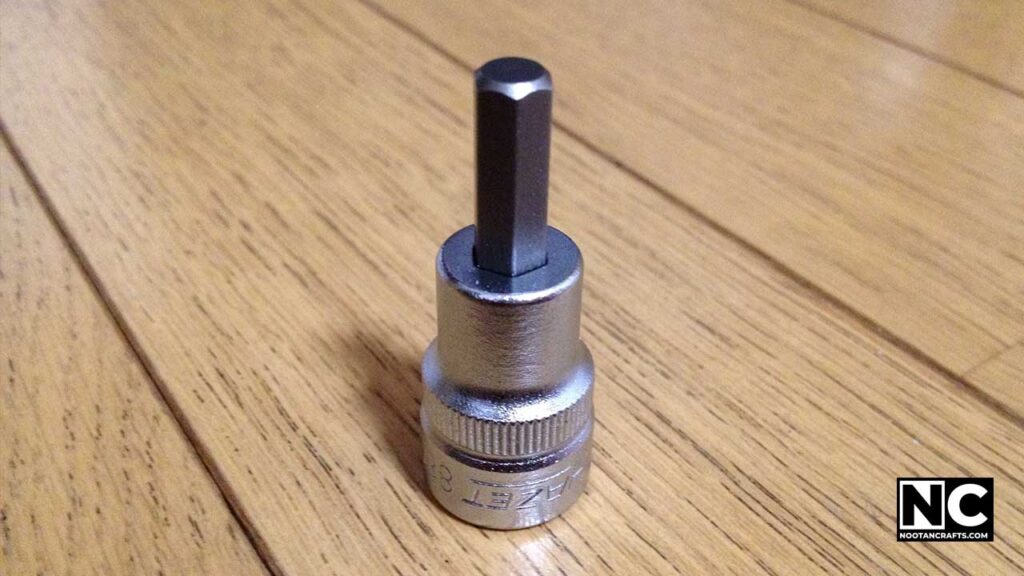
Once you’re done, simply remove the socket from the square drive and store it in a safe place.
Advanced Uses of a Ratchet Wrench
You can tackle more complex tasks once you’re comfortable with the basics.
Using Extensions and Adapters
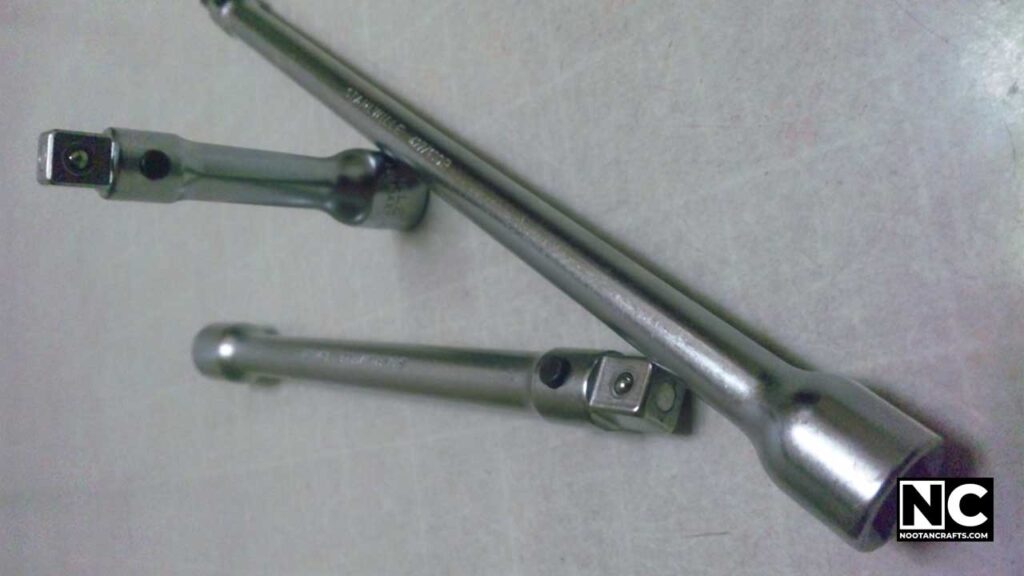
Extensions help you reach bolts in deep or hard-to-reach places, while adapters allow you to use different-sized sockets.
Working in Tight Spaces
A flex-head ratchet wrench or a ratchet with a slim profile allows you to work in confined areas easily.
Applying Torque Correctly
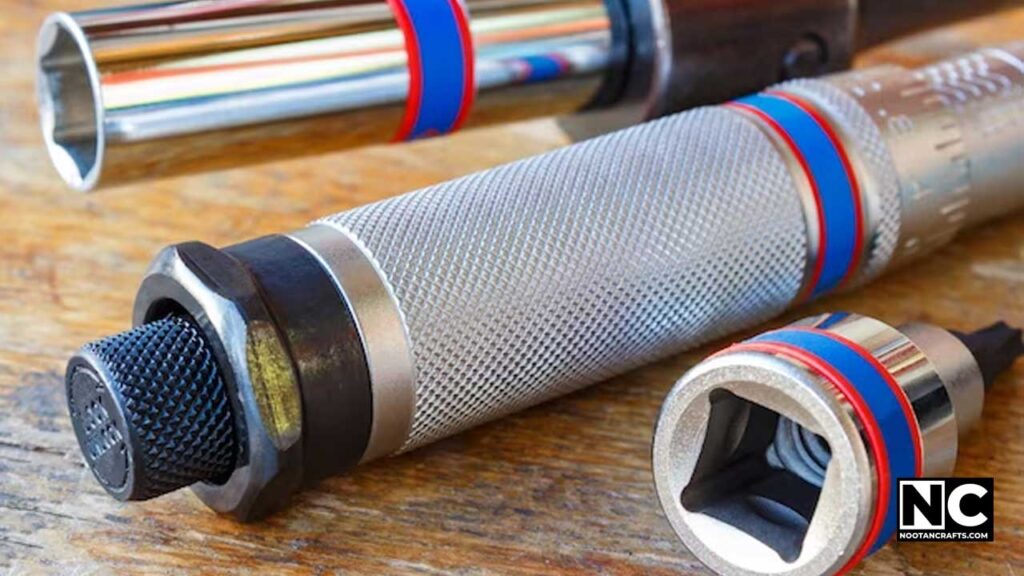
A torque wrench applies the exact amount of torque required. This is crucial for tasks like automotive repairs, where the correct torque is essential for safety.
Tips and Tricks
Maintaining Your Ratchet Wrench
Clean your ratchet wrench regularly to keep it in efficient working condition. Periodically lubricating the ratchet mechanism is also essential to ensure smooth operation.
Efficient Use Techniques
Use short and quick strokes when operating a ratchet wrench. This reduces fatigue and speeds up the task.
Common Mistakes to Avoid
Using the wrong socket size: This can damage both the socket and the bolt and potentially cause injury if slipped.
Applying too much force: Over-tightening can strip bolts or break the wrench, so keep an eye on the process.
Conclusion
And there you have it – a comprehensive guide on how to use a ratchet wrench safely and efficiently. Get out there and start turning some bolts because practice makes perfect. Thanks for reading, and until next time, keep crafting!

